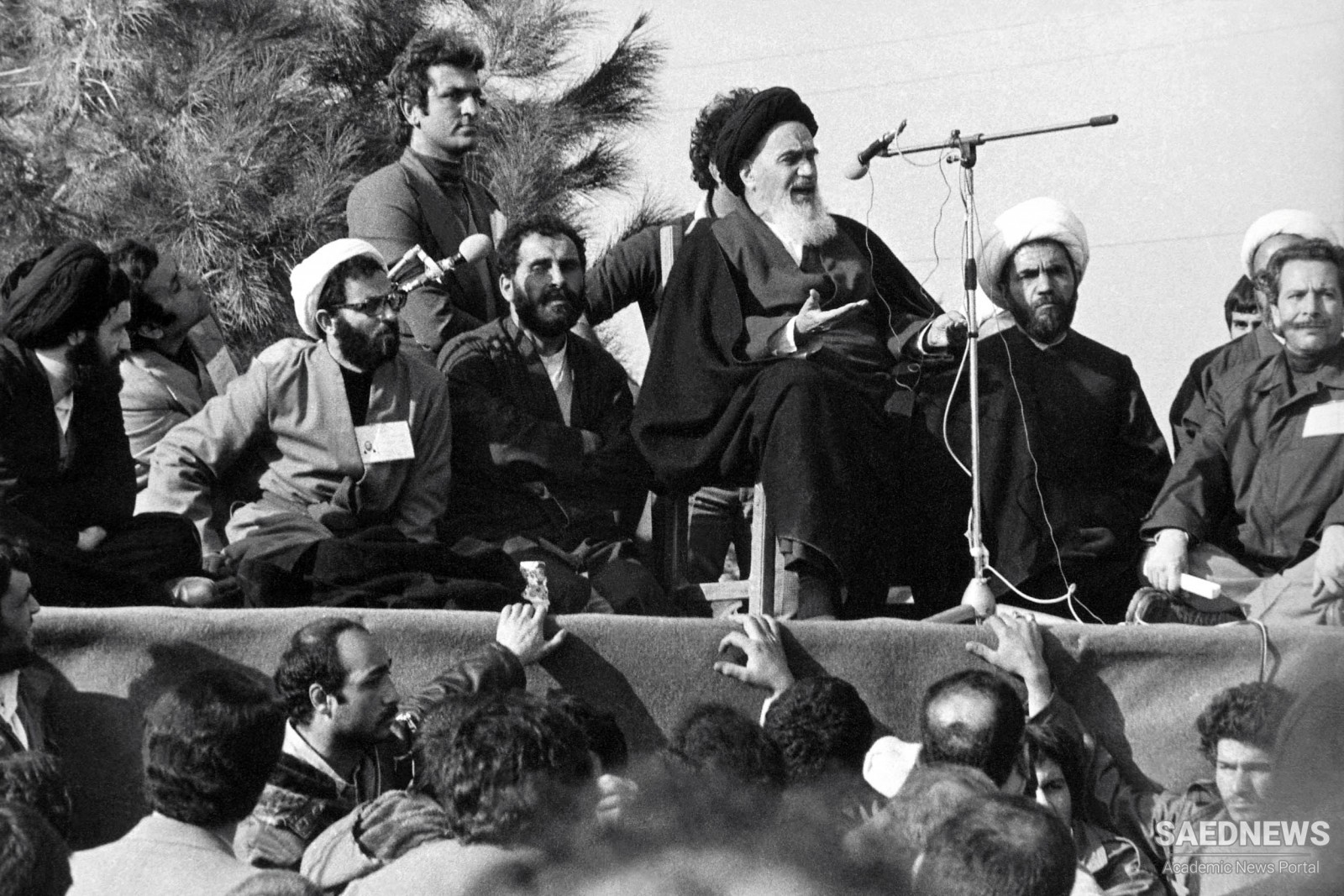Grand Ayatollah Khomeini returned from exile on February 1 – two weeks after the shah had left the country. The crowds that greeted Imam Khomeini totaled more than three million, forcing him to take a helicopter from the airport to the Behest-e Zahra cemetery where he paid respects to the “tens of thousands martyred for the revolution.” The new regime soon started to provide services for the families of the victims. The Martyrs Foundation later commissioned – but did not publish – a study of those killed in the course of the whole revolutionary movement, beginning in June 1963. According to these figures, 2,781 demonstrators were killed in the fourteen months from October 1977 to February 1979. Most of the victims were in the capital – especially in the southern working-class districts of Tehran. The coup de grâce for the regime came on February 9–11, when cadets took on the Imperial Guards in the main air-force base near Jaleh Square. The chiefs of staff, however, declared neutrality and confined their troops to their barracks. Le Monde reported that the area around Jaleh Square resembled the Paris Commune, especially when people broke into armories and distributed weapons. The New York Times reported that “for the first time since the political crisis started more than a year ago, thousands of civilians appeared in the streets with machine guns and other weapons.” Similarly, a Tehran paper reported that“guns were distributed to thousands of people, from ten-year-old children to seventy-year-old pensioners.” The final scene in the drama came on the afternoon of February 11, when Tehran Radio made the historic statement: “This is the voice of Iran, the voice of true Iran, the voice of the Islamic Revolution.” Two days of street fighting had completed the destruction of the 53-year-old dynasty and the 2,500- year-old monarchy. Of the three pillars the Pahlavis had built to bolster their state, the military had been immobilized, the bureaucracy had joined the revolution, and court patronage had become a huge embarrassment. The voice of the people had proved mightier than the Pahlavi monarchy.


 Imam Khomeini and a New Paradigm for Interaction of Power and People
Imam Khomeini and a New Paradigm for Interaction of Power and People














































